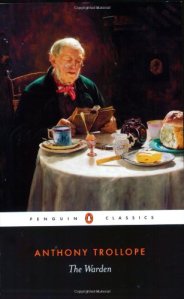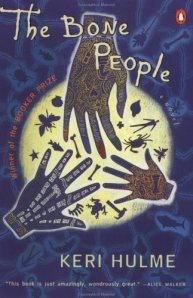Archive for the ‘Victorian Spiritualism’ Category
Talking to the Dead: Kate and Maggie Fox and the Rise of Spiritualism, by Barbara Weisberg
In the late 1840’s, Kate (age 12) and Maggie (age 15) excitedly reported that they heard “rappings”, or knocking sounds, emanating invisibly from the walls of their Hydesville, NY home. Not only did the origins of the mysterious sounds defy all scientific explanation, but they seemed to reflect a knowing, responsive consciousness. Tales of the Fox girls’ communication with spirits spread rapidly, and American spiritualism was born. For the rest of their lives as mediums, the Fox sisters spearheaded a movement that would forever change popular ideas about death and the afterlife in both America and Europe, and toured as celebrities in an era when most women were strictly limited to the dependent, domestic sphere of the home.
The Fox sisters pronounced themselves spirit mediums at a time of drastic change in mainstream American life caused by increased mobility, urbanization, religious developments, and problems of social in/equality. These changes prompted Americans to grapple with the following questions (p. 6-7):
Shall we pack our worldly goods and journey westward? Or leave the farm behind and head for the city?
Are our struggles moving us upward on the social ladder, or have our risks only pushed us down a notch?
Is our society advancing toward utopian perfection? Or under new pressures…is it descending into chaos?
Those of us who are women–will we stay placidly at home or step out into the street, into the labor force, into public life?
Those of us who are enslaved–will we remain in bondage or march forward into freedom?
…am I bound for heaven or hell?
…what control do we have over any of our destinations?
Weisberg notes that the Calvinist concept of pre-destination was too unforgiving to satisfy the needs of those so troubled by uncertainty, and a discursive space was opened up wherein “the girls’ appeal surely stemmed in part from the ways they embodied–and intuited–their culture’s anxieties and ambitions” (p. 7). It is little wonder, then, that spiritualism was received most warmly in reformist circles by those already working to stretch the boundaries of society.
Though immensely popular, Kate, Maggie, and their older sister Leah were not without detractors. Indeed, they were subject to a number of invasive investigations, including public searches of their near naked bodies by councils of scientists determined to uncover the secrets of the “fraudulent females” (p. 81). To this day, the truth about the origins of the sisters’ rappings remains unknown; Weisberg engages debate about the authenticity of the events that occurred around the Fox sisters as well as possible explanations for them, but doesn’t dwell on them too much, which I liked. Those lingering questions are intriguing, but there’s so much more to this story worth looking at.
What was most interesting to me were the ways in which the Fox sisters were almost solely responsible for creating a new, public occupation for women: that of the medium. Mediumship was provocative; it took place in close quarters amongst mixed company under dim lights and required hand holding and whispering. It was sexy, intimidating, and provided women an independence through public demonstrations that they might not have gained had they been considered the primary actors in spirit communication and not only “passive media”, constitutionally weak and at the mercy of pushy ghosts. They troubled normative gender ideologies without completely dispelling them. The public was generally ambivalent about them, revering them at times and lambasting them for impropriety at others.
Impressively, Weisberg is able to make sense of the tensions found in mid-19th-century America at large without losing sight of the sisters themselves. As they grew into older, they each experienced the kinds of tragic breakdowns that we’ve sadly come to expect from people who’ve been followed so closely by the media and featured regularly in tabloids throughout the whole of their childhoods, adolescence, and young adulthood. The lively, charismatic sisters eventually fell into conflict with each other (mostly Kate and Maggie with Leah, the significantly older sister who managed their careers before becoming a medium herself and was widely thought to be manipulative and exploitative), succumbed to alcoholism, and died in poverty. Despite the limited knowledge we have of them as individuals, Weisberg highlights what she can of their personalities, lending them strength as complex and memorable people.
Weisberg has written a wonderful biography that manages to tell a story not only about the Fox sisters, who are incredibly fascinating on their own, but also a nation struggling to re-invent itself. The text is littered with fun trivia, too, including the origins of the term “con man” and speculations about the reason for Benjamin Franklin’s status as the most commonly manifested spirit amongst American mediums. This book was the first read for my 19th century spiritualism project, and it was a great place to start. Weisberg provided me with compelling human stories through which to understand the larger cultural shifts that helped the spread of spiritualism and provided an excellent platform, I think, from which to continue my exploration of spiritualism; particularly its gender implications in both the American and European contexts. Recommended for those interested in 19th century America, gender, celebrity, and/or the possibilities of spirit communication!





